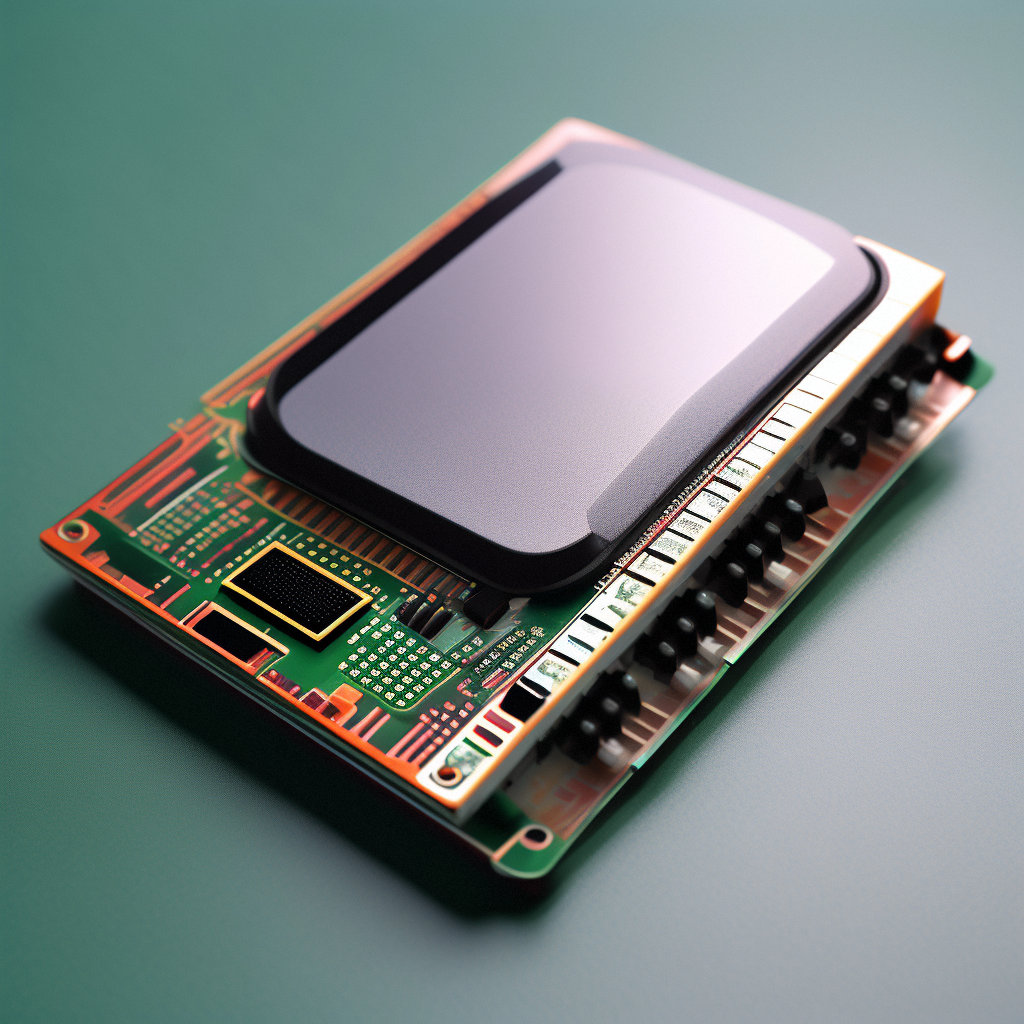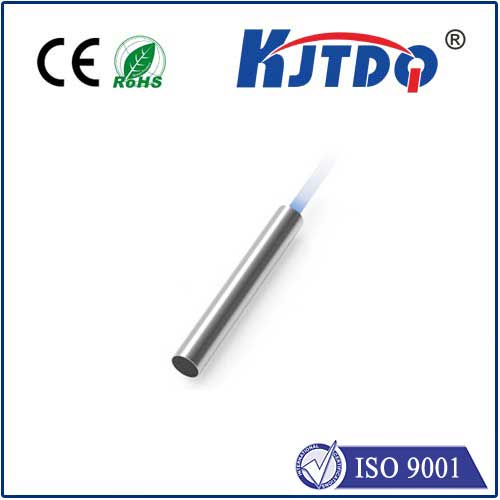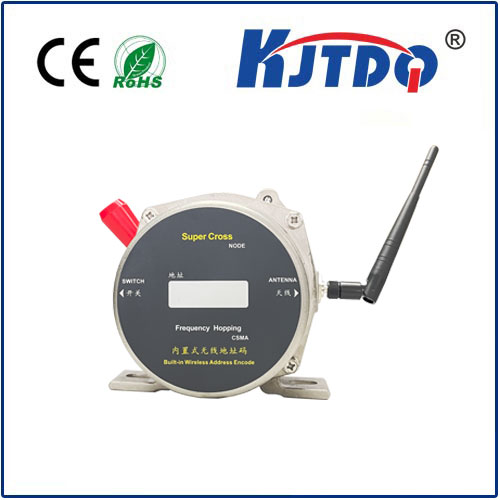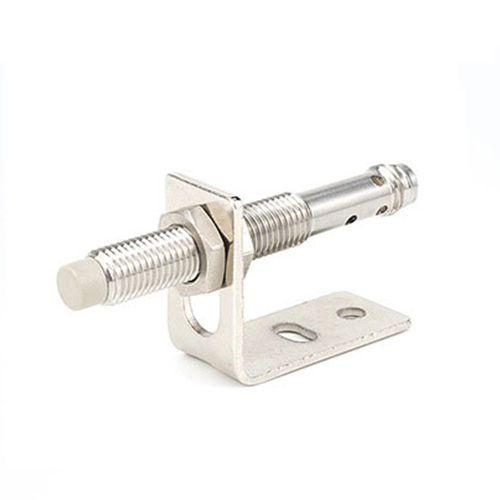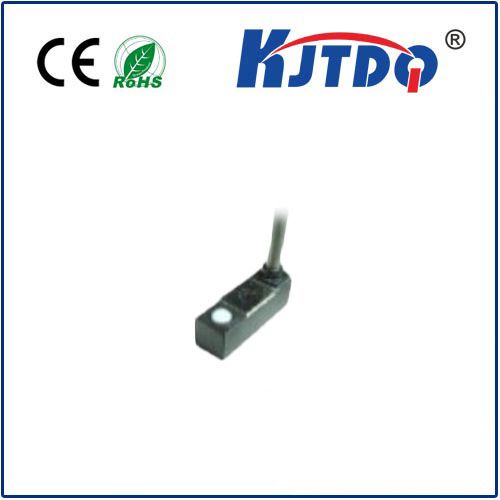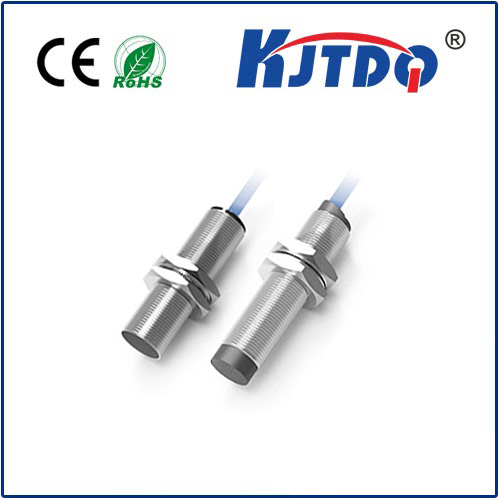

check

check

check

check

check

check

check

check

check

check
Title: Understanding the Basics of Normal Open Limit Switches
When it comes to industrial automation and control systems, one of the most critical components is the limit switch. A limit switch is a mechanical device that opens or closes a circuit when a certain distance is exceeded. There are many different types of limit switches, but one of the most common is the normally open (NO) limit switch. In this article, we will explore what a normally open limit switch is, how it works, and its applications in industrial settings.
What is a Normally Open Limit Switch?
A normally open limit switch is a type of mechanical switch that is designed to open a circuit when a specified distance is exceeded. When the switch is in the closed position, there is no voltage across the contact terminals. However, when the switch is brought into contact with an object or pressure, it opens the circuit and allows current to flow. This opening of the circuit is referred to as a "normal" or "open" operation. The opposite of a normally open switch is a normally closed (NC) switch, which opens the circuit only when there is a specific resistance present between the contacts.
How Does a Normally Open Limit Switch Work?
The working principle of a normally open limit switch is based on the principles of electromechanics. When the switch is brought into contact with an object or pressure, it creates a force that pushes the contacts apart, breaking the circuit and allowing current to flow. This flow of current can be used to signal to control systems or actuators that a specific condition has been met.
There are two types of normally open limits switches: single-pole and double-pole. In a single-pole switch, there is only one contact that can open the circuit. When the switch is pressed, this contact pushes against a spring or other mechanism, causing it to open the circuit. In contrast, a double-pole switch has two contacts that can open the circuit simultaneously. This allows for more precise control and monitoring of various processes.
Applications of Normally Open Limit Switches in Industrial Settings
Normally open limit switches are widely used in industrial settings for various purposes such as safety, monitoring, and control. Some of the most common applications include:
1. Safety: Normally open limits switches are often used in safety applications to detect when an object has come into contact with a process or system. For example, they can be used to trigger an emergency stop in a manufacturing plant to prevent damage to expensive machinery.
2. Monitoring: Normally open limits switches can be used to monitor various parameters such as temperature, pressure, and flow rate in industrial processes. By detecting changes in these parameters, operators can quickly take corrective action to ensure optimal performance and efficiency.
3. Control: Normally open limits switches can be used to control automated systems such as robots and conveyor belts. For example, they can be used to trigger actions such as stopping the robot or adjusting the speed of the conveyor belt based on sensor data collected by the system.
In summary, a normally open limit switch is an essential component in industrial automation and control systems. It provides reliable feedback on process conditions and can be used for safety, monitoring, and control applications. Understanding how these switches work and their applications can help operators optimize processes and minimize downtime in industrial settings.
